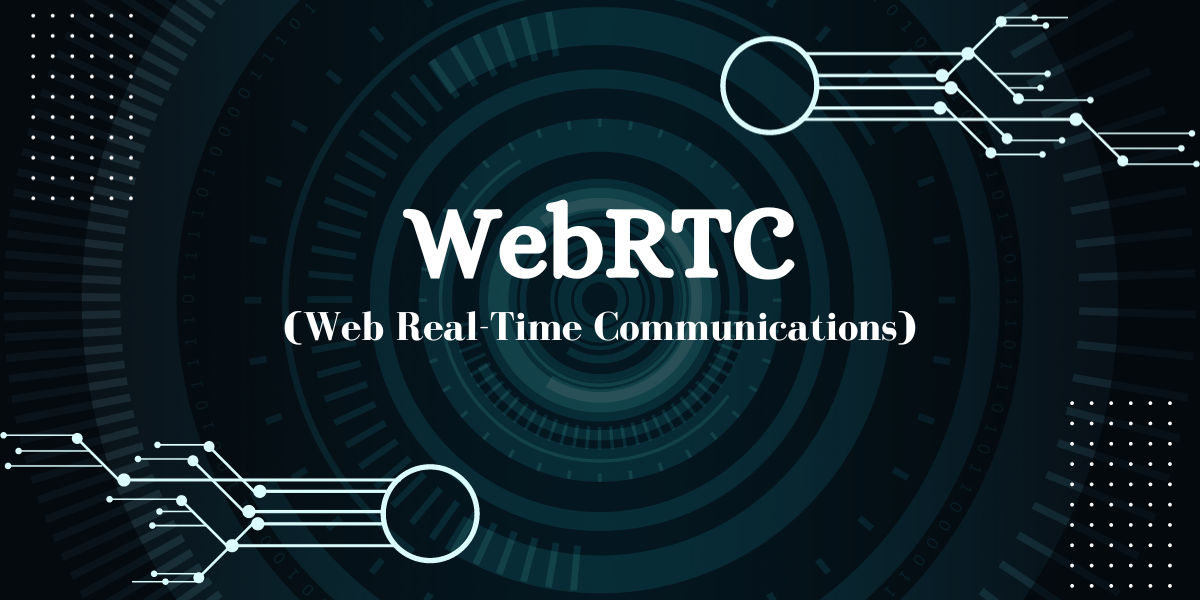Sales:
+91-9654093069
Inquiry
- Home
- About Us
-
Product & Solution
- Auto Dialer
- Preview Dialer
- Predictive Dialer
- Progressive Dialer
- CRM Software
- Lead Management
- Automatic Call Distribution
- Inbound
- Outbound
- Blended
Dialer Software Solutions
Call Center / Bpo
-
Industry
- Financial Institutions
- Appointment Handling
- Banking and Finance
- E-Commerce
- Education System
- Emergency Services
- Healthcare Services
- Help Desk
- Home Delivery
- Insurance
- Lead Generation
- Political Campaign
- Real Estate
- Social Services
- Market Research
- Teleshopping
- Travel Services
- Utility Services
- Ambulance Services
- Collections
- Dial 100
- Path Lab
- Radio Taxi
- Welcome Call
Industry Based Solution
- Blog
- Contact us
- Home
- About Us
-
Product & Solution
- Predictive Dialer
- Auto Dialer
- Progressive Dialer
- Preview Dialer
- CRM Software
- Lead Management
- OBD Service
- IVR Service
- Conference Bridge
- Missed Call Service
- Ticket Management
- Chatbot/Voicebot
- Automatic Call Distribution
- Inbound
- Outbound
- Blended
- GSM Gateway
- PRI Gateway
- FXS
- Headphone
- IP-PBX
- PRI-Card
- Voice Logger
- FXO
DIALER SOFTWARE SOLUTIONS
CUSTOMER SERVICE
CALL CENTER / BPO
WHY VERT-AGE?
Home Based Calling
PARTNER PRODUCTS
-
Industry
- Financial Institutions
- Appointment Handling
- Banking and Finance
- E-Commerce
- Education System
- Emergency Services
- Healthcare Services
- Help Desk
- Home Delivery
- Insurance
- Lead Generation
- Political Campaign
- Real Estate
- Social Services
- Market Research
- Teleshopping
- Travel Services
- Utility Services
- Ambulance Services
- Collections
- Dial 100
- Path Lab
- Radio Taxi
- Welcome Call
Industry Based Solution
- Blog
- Contact us
- Raise Ticket


Leave a Comment
0 Comment(s)
Your comment is awaiting moderation. This is a preview, your comment will be visible after it has been approved.